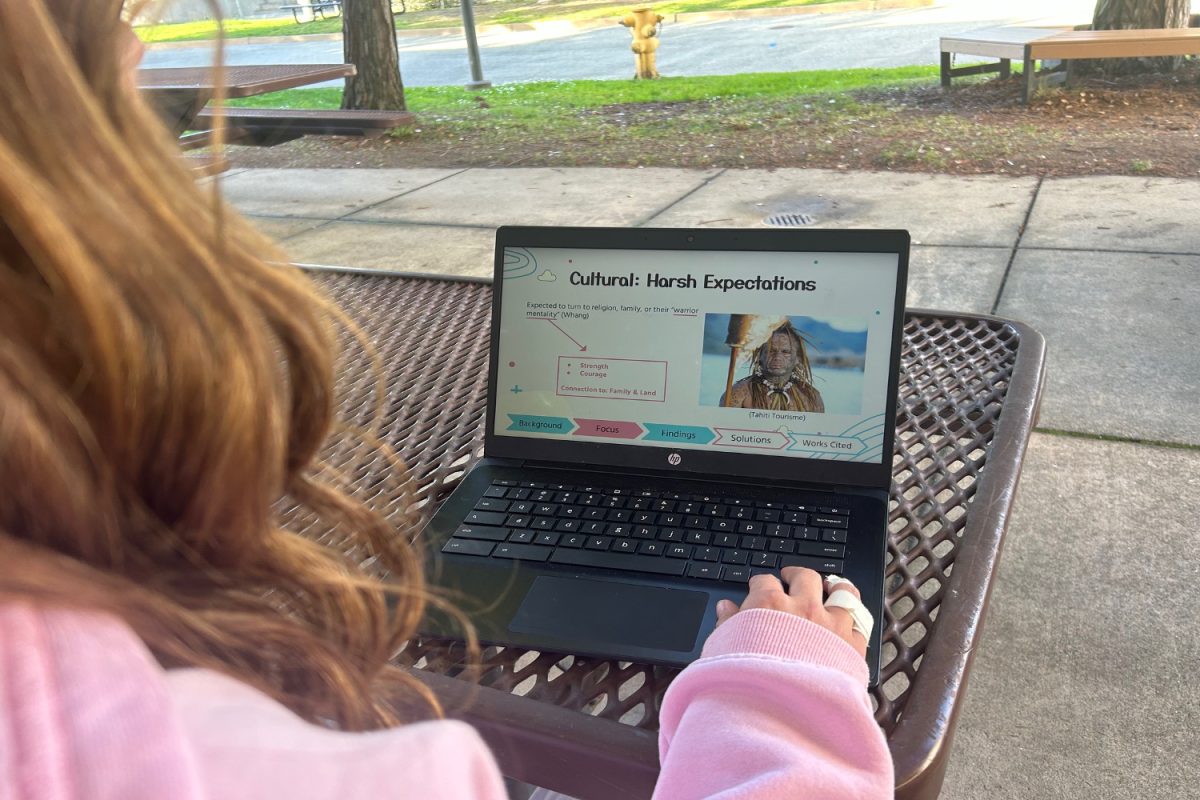As the school year draws to a close, many high school students are looking forward to a long summer of no school, and, aside from summer assignments, few worries.
Several high school students in the United States will not attend a single day of normal high school for a solid two and a half months. Except, of course, the students who attend a high school with a year-round schedule.
Let’s start off by addressing a common misconception: “year-round” school students are not truly in session for the entire year; in fact, most schools with year- round schedules have about the same number of school days as schools with traditional schedules.
However, year-round schools differ in that they take the standard, long, summer break and chop it up into smaller breaks that are dispersed throughout the school year. Student schedules are usually staggered, such that not all of the student population is in school at once, always with at least one “track,” as each group of students’ schedules is called, on vacation.
Now, the gut reaction of many a student to losing the long summer vacation is resoundingly negative; who wants to get rid of such a monumental break, that has been eagerly anticipated the entire school year? What is lost to these students is that with the year-round schedule, breaks are much more frequent. Imagine the fantastic feeling of a three-day weekend, except intensified, and on a regular basis.
In addition to this, year-round schedules are also heavily advocated for their ability to combat summer learning loss. The basic reasoning here is that if students don’t have a whole two and a half months to forget a significant amount of what they’ve learned, less time can be wasted on review that should be focused on learning new material.
Opponents to year-round schedules argue that without the long summer break, students will miss out on opportunities such as summer camps, and that implementing a new schedule would simply be too costly.
However, summer camp equivalents do exist in the form of conveniently scheduled two-to three-week sessions, allowing even current year-round students the ability to enjoy them. A universal switch to a year-round schedule should dictate the availability of programs for students on break, not the other way around.
And on the issue of funding, the cost of using school facilities almost all year does not outweigh the substantial benefit of not having every student in school at once. This means fewer classrooms and other buildings are needed to be built and maintained, and also makes the year-round schedule a very potent solution for schools that suffer from high levels of overcrowding.
Overall, the benefits of the implementation of year-round school are very compelling: more frequent breaks, no summer learning loss, and less crowded schools. Without a doubt, what the year-round schedule takes away in the form of a long summer break, it gives back much, much more in terms of educational benefit.










